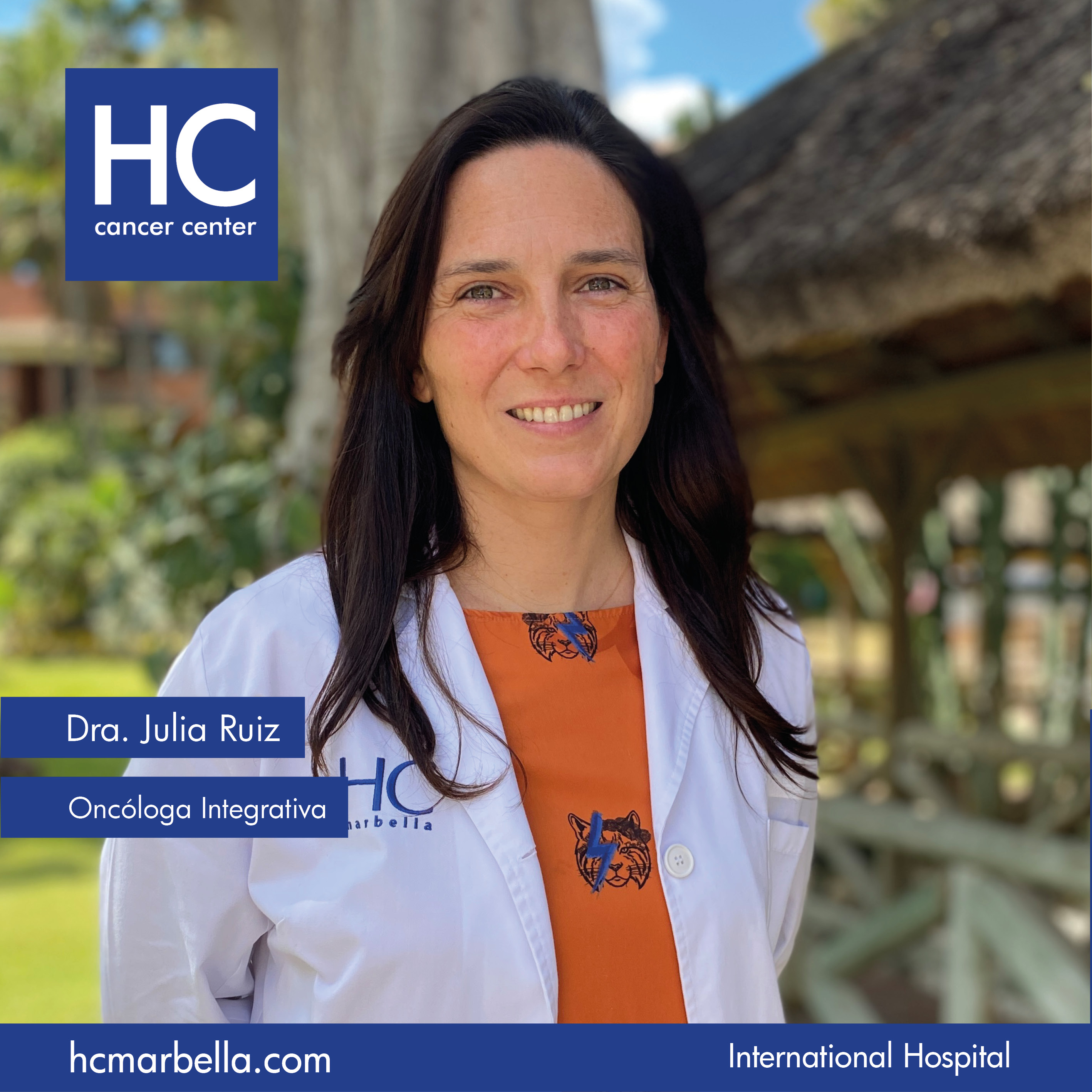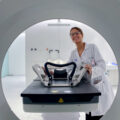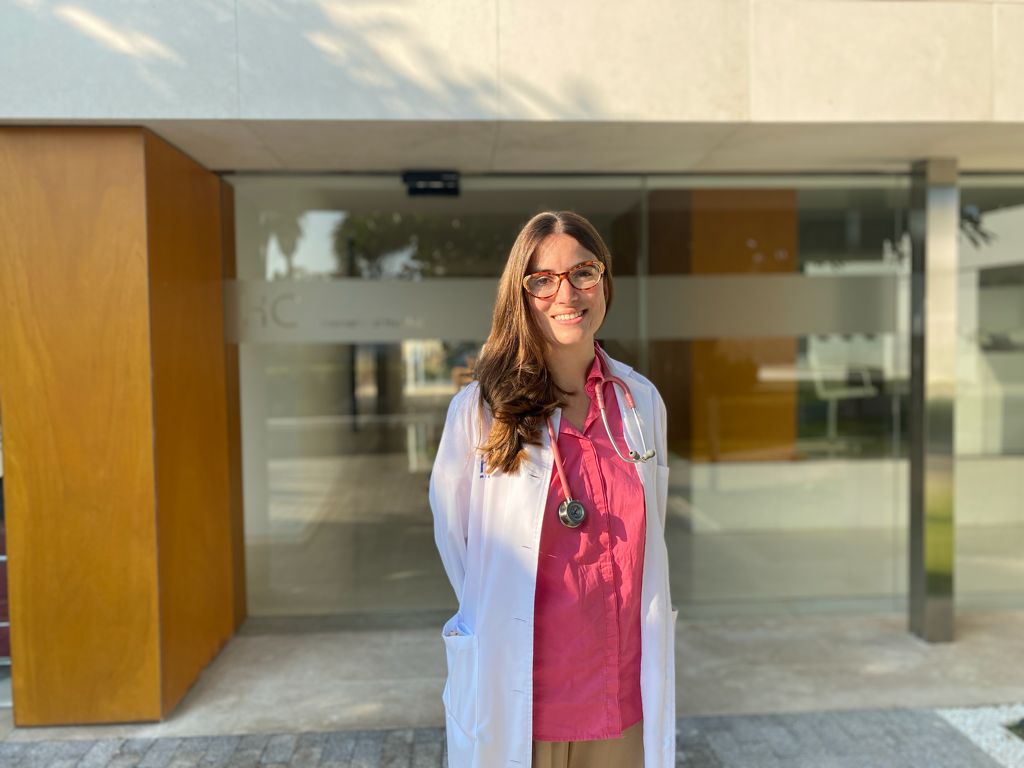Oncología Integrativa, por una mejor calidad de vida del paciente oncológico
 Integrative oncology combines conventional medicine with complementary medicine practices which have been scientifically proven to be effective, with the aim of giving the patient the most complete care and treatment possible for their disease.
Integrative oncology combines conventional medicine with complementary medicine practices which have been scientifically proven to be effective, with the aim of giving the patient the most complete care and treatment possible for their disease.







 La fundación de cuidados del cáncer,
La fundación de cuidados del cáncer, 










